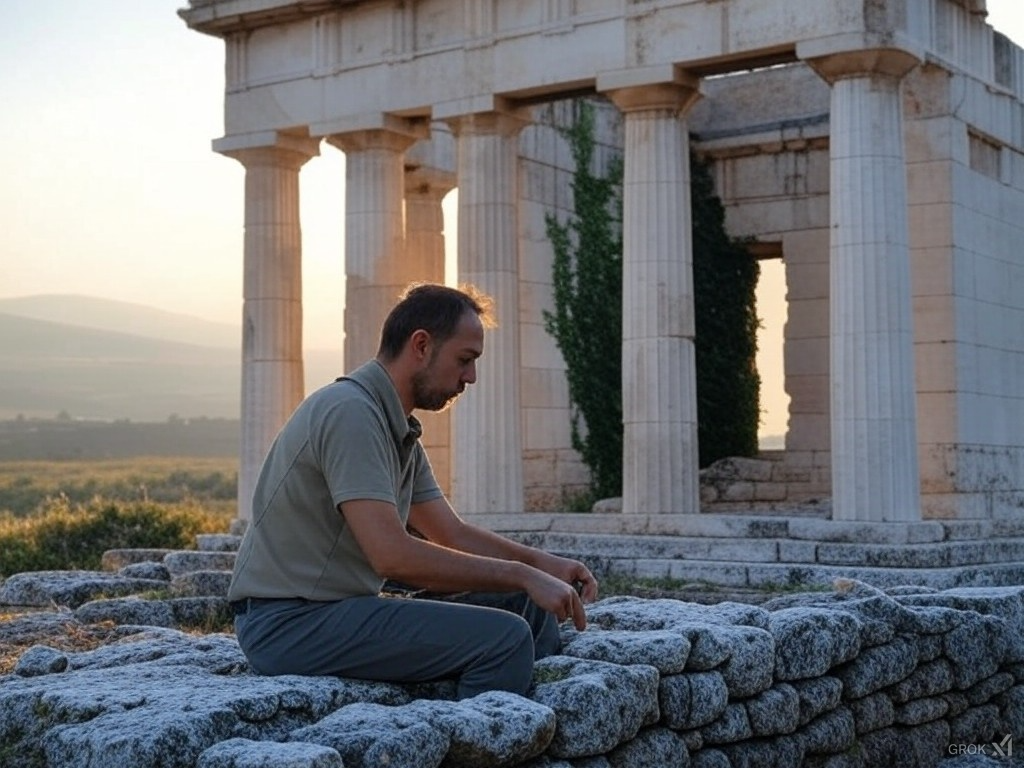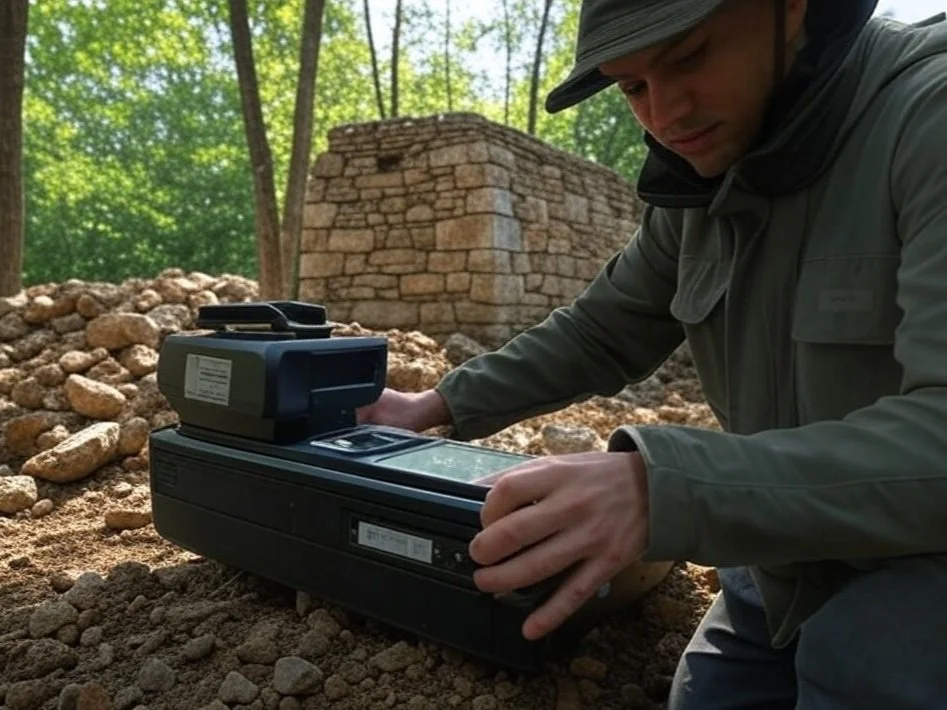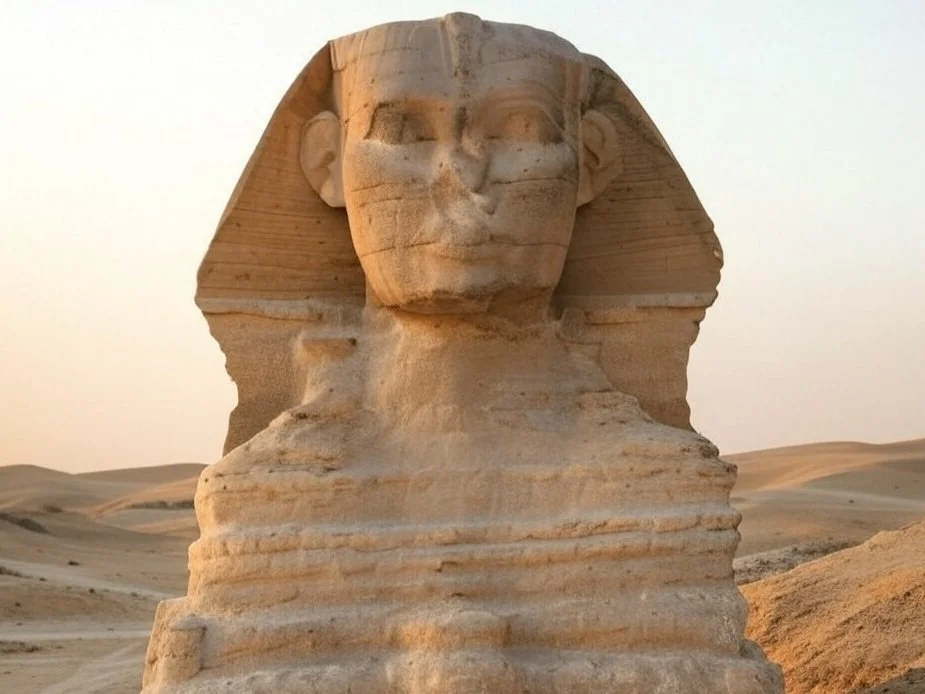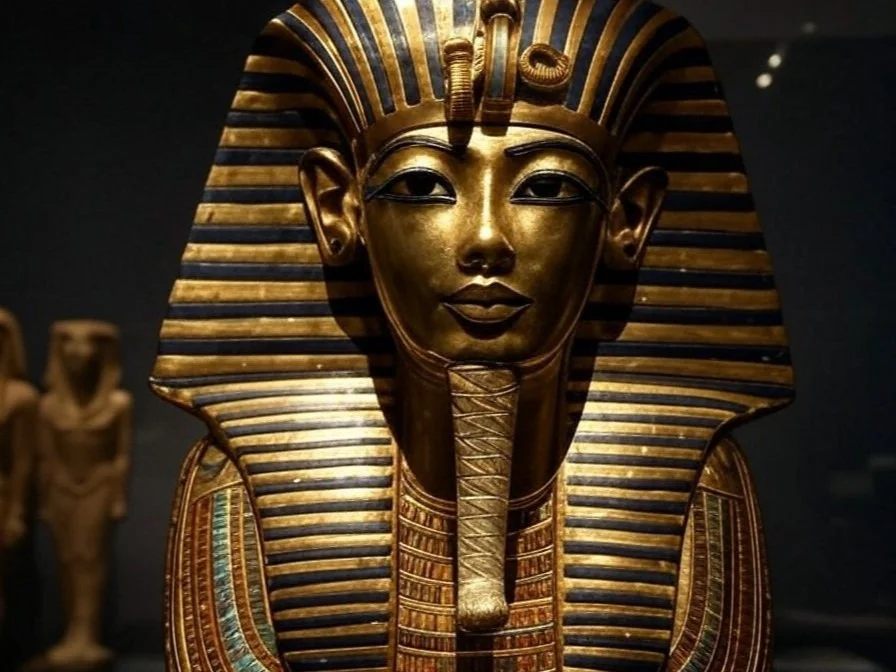Greek mythology has captivated the human imagination for millennia, weaving tales of gods, heroes, and monsters that continue to resonate in modern culture. But how much of these stories are rooted in reality? Archaeological discoveries have shed light on the possible real-world locations associated with these myths, offering intriguing insights into the interplay between myth and history. This investigation explores the archaeological sites linked to Greek myths, such as Troy, Crete (home of the Minotaur), and Mount Olympus, and examines how these findings align—or conflict—with mythological accounts.
1. Troy: The Legendary City of the Trojan War
The story of the Trojan War, immortalized in Homer’s Iliad, describes a decade-long conflict between the Greeks and the city of Troy, sparked by the abduction of Helen. For centuries, Troy was considered a mythical city, but in the 19th century, archaeologist Heinrich Schliemann claimed to have discovered its remains at Hisarlik in modern-day Turkey.
Archaeological Findings: Excavations at Hisarlik revealed multiple layers of settlement, dating back to the Bronze Age. One of these layers, known as Troy VIIa, shows evidence of destruction by fire and warfare around 1180 BCE, aligning with the traditional timeline of the Trojan War.
Alignment with Myth: While the archaeological evidence suggests a city that could have inspired the myth, there is no definitive proof of the specific events or characters described by Homer. The discovery of a large defensive wall and evidence of a siege lend credibility to the idea of a conflict, but the myth itself remains a blend of history and poetic embellishment.
2. Crete: The Labyrinth of the Minotaur
The myth of the Minotaur, a half-man, half-bull creature confined in a labyrinth, is set on the island of Crete. According to legend, King Minos commissioned the labyrinth to imprison the Minotaur, and the hero Theseus later slew the beast.
Archaeological Findings: The Palace of Knossos, excavated by Sir Arthur Evans in the early 20th century, is often associated with the myth. The sprawling complex, with its intricate layout and frescoes depicting bull-leaping, has been interpreted as the inspiration for the labyrinth.
Alignment with Myth: While there is no evidence of an actual Minotaur, the prominence of bull imagery in Minoan culture suggests a possible connection to the myth. The labyrinth may have been a metaphorical representation of the palace’s complex architecture. However, the myth’s darker elements, such as human sacrifice, remain unverified by archaeological evidence.
3. Mount Olympus: Home of the Gods
Mount Olympus, the highest peak in Greece, is revered as the dwelling place of the Olympian gods in Greek mythology. It was considered a sacred site, inaccessible to mortals.
Archaeological Findings: Unlike Troy and Knossos, Mount Olympus has not yielded significant archaeological evidence directly tied to the myths. However, the mountain’s imposing presence and natural beauty likely contributed to its divine association. Nearby sites, such as the Dion archaeological park at the mountain’s base, contain temples and artifacts dedicated to Zeus and other Olympian gods.
Alignment with Myth: The lack of physical evidence on the mountain itself does not diminish its cultural and religious significance. The myth of Olympus as the gods’ home is more symbolic than literal, reflecting the ancient Greeks’ reverence for nature and their desire to explain the world through divine narratives.
Conclusion: Myth and Reality Intertwined
The archaeological sites associated with Greek myths reveal a fascinating interplay between fact and fiction. While discoveries like Troy and Knossos provide tangible links to the stories, they also highlight the creative and symbolic nature of mythology. These myths were not merely historical records but cultural expressions that evolved over time, blending real events, locations, and characters with imaginative storytelling.
In the end, the real locations of Greek myths serve as a bridge between the ancient world and our modern understanding, reminding us that even the most fantastical tales often have roots in the human experience. Whether fact or fiction, these stories continue to inspire and connect us to the past.







